The Art Of Stickiness – 3D Printer Bed Adhesion
Adhesion is a topic that comes up quite a lot in 3D printing, for good reasons. If your prints won’t reliably stick to the bed you’re going to waste a lot of time and a lot of filament. It’s frustrating when something keeps unsticking itself halfway through the first layer – and a lot worse when ten hours into a job your project comes loose and ends up topped with a bird’s nest of stringy plastic. Warping is also a problem with larger prints; corners can lift off the bed before enough layers have been built up to give them some rigidity.
On the other hand, it isn’t something I’ve actually had to worry about much with the Ender 3. In my last post I mentioned that the surface on the standard flexible bed gives excellent 3D printer bed adhesion – sometimes too good. I did have a couple of problems with corners lifting the first time I tried to print a tool tray, and a couple of PETG projects came adrift, but generally if I cleaned up the mess and restarted the job it would work out.
Right now I’m using the Creality glass bed, and while that has lots of advantages its surface isn’t quite as grippy as the old one. It’s generally fine with PLA but can use a little help with some other materials, so I’ve been investigating ways to make it stickier.
No Escape Tape
So far I’ve tried two solutions to improve 3D printer bed adhesion. The first is blue painter’s tape. This is cheap and easily available, it’s designed to be easily removed without leaving residue on whatever you stick it to, and molten filament sticks to its slightly textured surface pretty well.
I experimented with blue tape when some metallic PLA filament I was trying didn’t want to stick to the glass. I found it was quite easy to get a nice, flat covering on the print bed, and didn’t experience any issues with bubbles or wrinkles in the tape. The hard bit is avoiding gaps between strips of tape, while not overlapping them at all. One the tape was in place I re-levelled the bed, just to make sure the nozzle had enough clearance.
My tape-covered bed worked well for all varieties of PLA, and better than bare glass for PETG. I did still have a couple of issues with PETG though. Another problem I had was that, while a lot of people say a layer of tape is good for up to 20 prints before it needs replaced, I could never get more than one out of it. The tape didn’t bubble when I first applied it, but once I’d printed something it looked like it had been attacked by alien midges.
Spray The Sticky
According to its makers, 3DLAC isn’t hairspray. It smells like hairspray, but costs a bit more; it’s £9.95 for a 400ml aerosol, compared to about £7 for a can of L’Oreal Extra Hold. On the plus side it doesn’t have any scent or hair care additives in it; it’s just sticky. The question is, is it sticky enough?
Well, I haven’t actually tried hairspray yet so I can’t compare the two directly, but 3DLAC certainly works. I found that for best results you should give the bed a couple of thin coats, letting it dry between sprays. When it’s dry you can barely tell it’s there, but the bed feels distinctly sticky – especially when it’s warm. Once the bed has been treated it’s good for five or six prints before it needs another coat.
Like tape, 3DLAC worked flawlessly with all the PLA variants I tried. With the dreaded PETG it worked most of the time but, like tape, wasn’t 100% effective. The solution to that was to cover the bed with tape and then spray it with 3DLAC; that worked, and it was also easier to remove finished prints when I used both than it was with either one on its own. I have no idea why.
The Verdict
Overall I’d recommend either of these options to solve glass bed adhesion issues. Blue tape is certainly cheaper, but it’s more work: You need to really pay attention to detail when you’re applying it, and then it doesn’t seem to last for long. 3DLAC is more expensive but also easier to use and more durable. Sometime soon I’ll get a can of hairspray and work out a performance test so I can compare it with the 3DLAC, but in the meantime my adhesion problems seem to be under control.

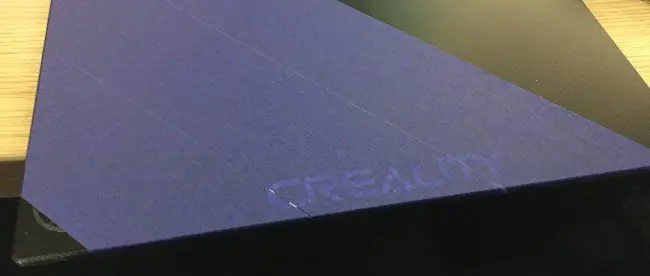
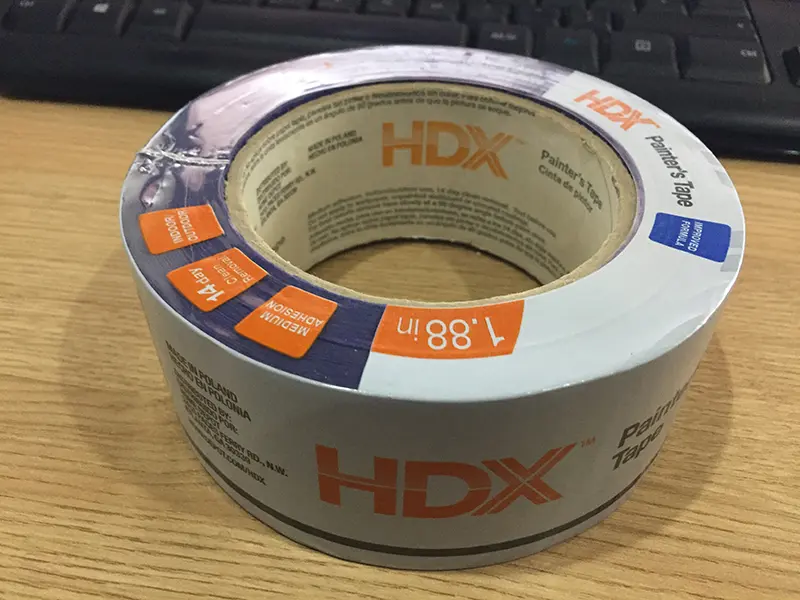
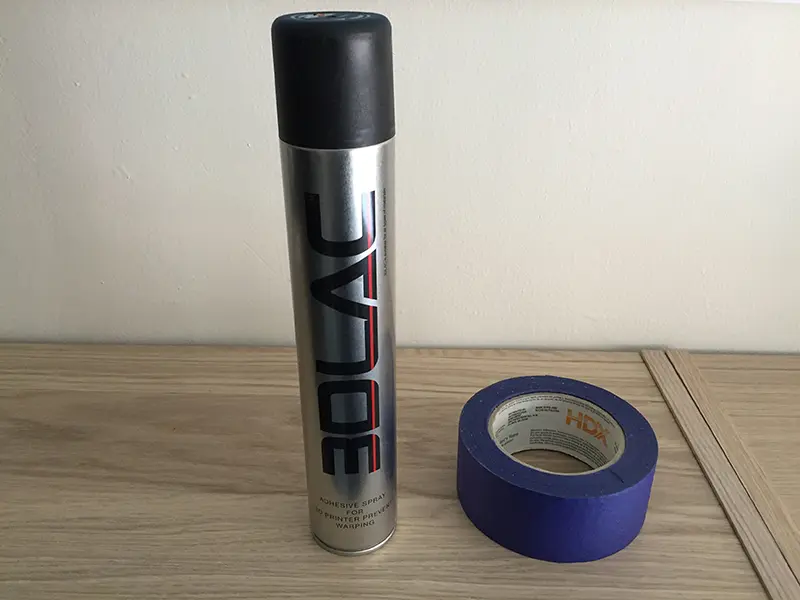
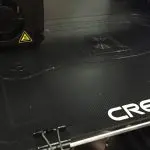

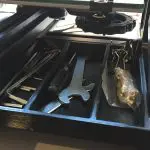


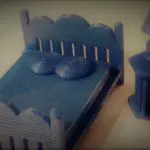
Leave a comment
You must be logged in to post a comment.